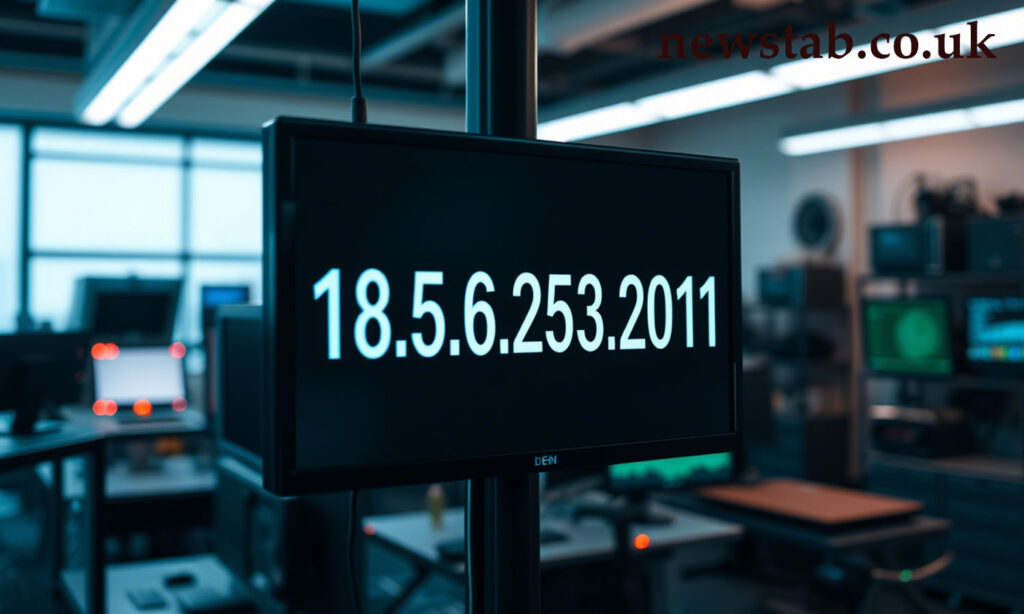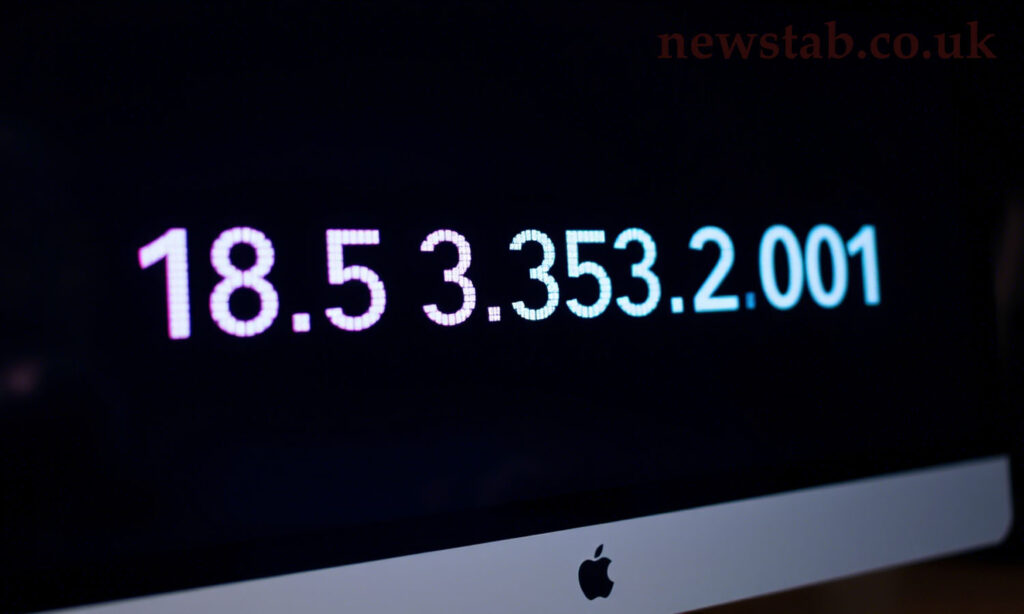In the realm of networking, IP addresses are fundamental identifiers that enable devices to communicate over the internet. Occasionally, anomalies like “185.63.253.2001” surface, prompting questions about their validity and significance. This article delves into the specifics of this particular IP address, explaining why it doesn’t conform to standard formats and what that means for users and network administrators.
Understanding IP Address Formats
IPv4 and IPv6 Overview
IP addresses come in two primary versions:
- IPv4: Comprises four numerical octets separated by periods (e.g., 192.168.1.1), with each octet ranging from 0 to 255.
- IPv6: Utilizes eight groups of four hexadecimal digits separated by colons (e.g., 2001:0db8:85a3::8a2e:0370:7334), designed to accommodate the growing number of internet-connected devices.
The address “185.63.253.2001” appears to mimic an IPv4 format but includes an octet exceeding the maximum allowable value, rendering it invalid.
Why 185.63.253.2001 is Invalid
In IPv4 addressing, each octet must be within the 0-255 range. The segment ‘2001’ surpasses this limit, violating the format’s constraints. Such an address cannot be processed by networking equipment, leading to errors in communication and routing.
Potential Causes of Such Errors
Several factors might lead to the appearance of an invalid IP address like 185.63.253.2001:
- Typographical Errors: Simple mistakes during data entry can result in incorrect addresses.
- Misinterpretation: Confusion between IP addresses and other numerical identifiers, such as port numbers, can cause formatting errors.
- Software Bugs: Faulty programming or glitches in software applications may generate or display incorrect IP addresses.
- Data Corruption: Transmission errors can alter data, leading to malformed IP addresses.
Implications of Using Invalid IP Addresses
Utilizing an invalid IP address like 185.63.253.2001 can have several consequences:
- Network Communication Failures: Devices may be unable to establish connections, leading to disruptions in services.
- Security Vulnerabilities: Misconfigured addresses can expose systems to unauthorized access or attacks.
- Diagnostic Challenges: Troubleshooting becomes more complex when dealing with non-standard addresses.
Correcting and Preventing IP Address Errors

To address and avoid issues related to invalid IP addresses:
- Validation Tools: Utilize software and online tools to verify the correctness of IP addresses.
- Education and Training: Ensure that individuals responsible for network configurations understand IP addressing standards.
- Automated Systems: Implement systems that automatically assign and manage IP addresses to reduce human error.
Frequently Asked Questions (FAQs)
Q1: Is 185.63.253.2001 a valid IP address?
No, it is not valid due to the ‘2001’ segment exceeding the maximum value of 255 for an IPv4 octet.
Q2: Could 185.63.253.2001 be an IPv6 address?
No, IPv6 addresses have a different format, using hexadecimal numbers separated by colons, not periods.
Q3: What should I do if I encounter an invalid IP address?
Verify the address for typographical errors, consult documentation, and use validation tools to correct it.
Q4: Can using an invalid IP address pose security risks?
Yes, misconfigured addresses can lead to vulnerabilities and potential unauthorized access.
Q5: How can I prevent IP address errors in my network?
Implement automated IP management systems and provide proper training to personnel handling network configurations.
Conclusion
The IP address 185.63.253.2001 serves as a reminder of the importance of adhering to established networking standards. Understanding the structure and limitations of IP addresses is crucial for maintaining robust and secure network operations. By employing validation tools, educating users, and utilizing automated systems, organizations can minimize errors and enhance their network reliability.
Also Read : Showbizztoday.com Gossip Entertainment – Your Go-To Hub for Celebrity News and Trends



Pingback: MilestoneAreaCom: Your Digital Companion for Growth and Success